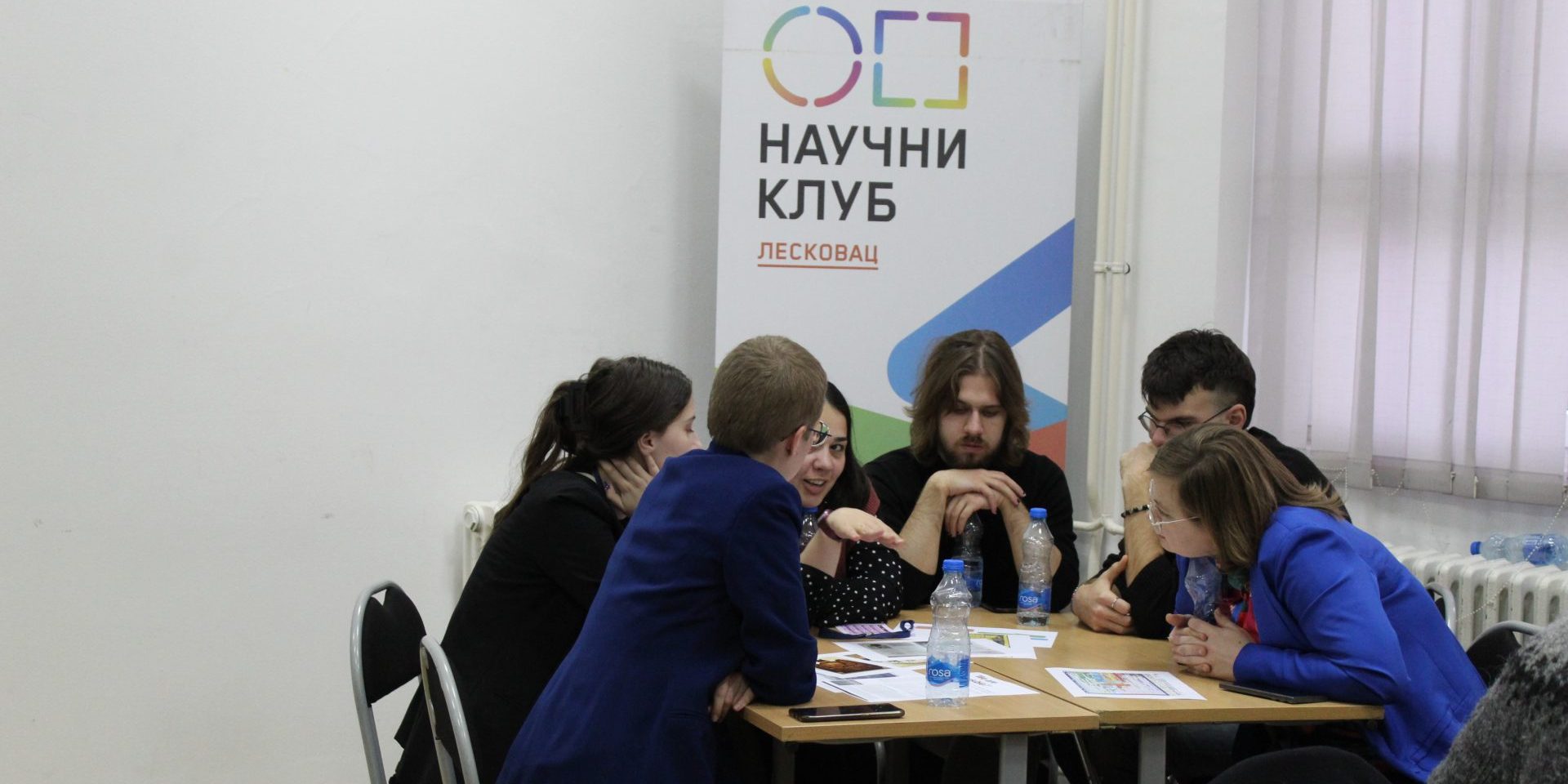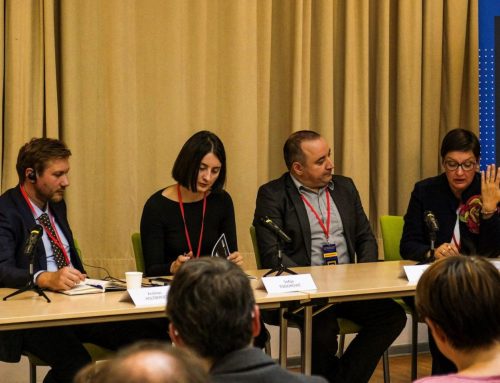Between the 15th and 16th of November the SENSEI (School EducatioN for Sustainable and Equal Inclusion) project organized a conference at the CSU in Leskovac, Serbia, that gathered around 85 teachers and educators from 11 different European countries to discuss and share experiences about inclusion in education.
The aim of this project is to promote inclusive education for both pre-service and in-service teachers by looking at current good practices in inclusion and integrating them with new approaches. This project aspires to respond to the challenges that we, teachers increasingly aware of diversity in our classrooms, experience in our everyday activity. Besides, it is a project with a broad understanding of inclusion that addresses a wide range of collectives: from students with special education needs–including high-attaining students–, students with a migrant background or those who are part of national, cultural, or religious minorities, to students from disadvantaged socioeconomic backgrounds and members of the LGBTQI+ community. And of course we work towards ensuring an equitable representation of female students.
The conference in Leskovac was an extraordinary opportunity to meet teachers and educators working in very different contexts, who share an interest in promoting a more inclusive education. The diversity of participants was stimulating and inspiring: we had the occasion to discuss and share views with educational experts coming from different countries and with experience in different areas of both formal and non-formal education. This multiplied the angles from which we considered and discussed issues of inclusion and how to promote it. Despite the diversity of backgrounds, we discovered that we face similar challenges and there is a lot we can learn from each other. As people expressed in the post-its of the SENSEI tree (a poster representing growing trees that was meant to offer a space to share our thoughts) most of us came seeking partnership and collaboration, opportunities to meet new people and share information, experiences and methods.

After the official opening speech, we immediately started working. We went outside and engaged in a very dynamic and interactive ice-breaking activity where we got to know each other in a really friendly mood. As someone pointed out, we entered the rooms to continue with the workshops invigorated and curious to start the next activities.

During the conference, each of us had the opportunity to attend 4 workshops out of the 16 that had been organized. A difficult choice, considering how appealing they were!
Workshops dealt with innovative teaching methods and strategies: the use of new digital educational tools for students with learning difficulties, the interest of focusing on executive functions and activated learning approaches, the advantages of learning centers to improve the learning of all our students, the importance of cooperative work, as well as the need to adapt to the multiple skills of our students. Innovative approaches to assessment were also discussed, and as several teachers later commented in the SENSEI tree, instead of just looking at what learners cannot do, we should focus on what they can do and improve their self-confidence. In fact, one of the leading ideas in most workshops was the need to increase protagonism of learners in the classroom and the importance of promoting motivation, active participation and learning of all students.
Although not the unique interest of this project, history teaching constitutes an important focus in SENSEI. In addition to the fact that most partners in the project are history teachers, we recognize the fundamental role that history plays in the formation of identities, which suggests the interest of looking into how history teaching deals with the inclusion of different collectives. Thus, several workshops dealt with reflections about what kind of history we teach and prompted thought-provoking discussions about inclusive history teaching: from historical memory and silenced histories, to understanding how historical biases and stereotypes are created, as well as ideas about how to deal with groups that have been absent in our history lessons and develop strategies to include them. Besides, several workshops introduced practical activities to foster empathy and counter prejudices and discrimination, which are at the core of many excluding attitudes we currently witness in our classrooms.
Participants generally stressed how inspiring the examples presented in the workshops were and commented that “these are things we can do in our classrooms.”

Moreover, we had the opportunity to hear the voices of students when two of them enacted two quite moving theatre pieces. Afterwards we gathered and reflected on the importance of knowing how students feel and how to attend to their emotional well-being. Many of the educators attending the workshops reflected on the importance of addressing emotions, taking students’ views and experiences into account, not labelling them, listening to them and being careful not to ignore those students that go almost unnoticed.

We also want to thank the organizers for the cultural activities, which offered us the opportunity to walk around the city, learn about its history and visit the national museum. The inclusive section of the museum, with braille explanations and replicas for blind people to touch and experience, was noteworthy.

Looking to the future, participants who approached the SENSEI tree poster left messages expressing their wishes: the need for unity and building bridges instead of walls, the importance of knowing our students well and creating safe and supportive environments, focusing on multiple skills, valuing teamwork and active methodologies that empower learners and include all. They reminded us again that “every learner matters and matters equally” (Mel Ainscow).
As for the project members, with this event we have advanced a step further in our aim to create a network of teachers, trainees and trainers who are interested in inclusive education. The discussions and exchanges during these days have given us ideas to continue our work. We particularly enjoyed being with so many young teachers: listening to their views and the challenges they perceived was refreshing and brought new insights. If inclusion is about being, participating and learning as much as possible, we hope that participants felt welcome, participated and learnt a lot during these days.
Thank you very much to our hosts in Leskovac and to all participants for their contribution to making this such an inspiring event!
Written by Amaia Lamikiz















